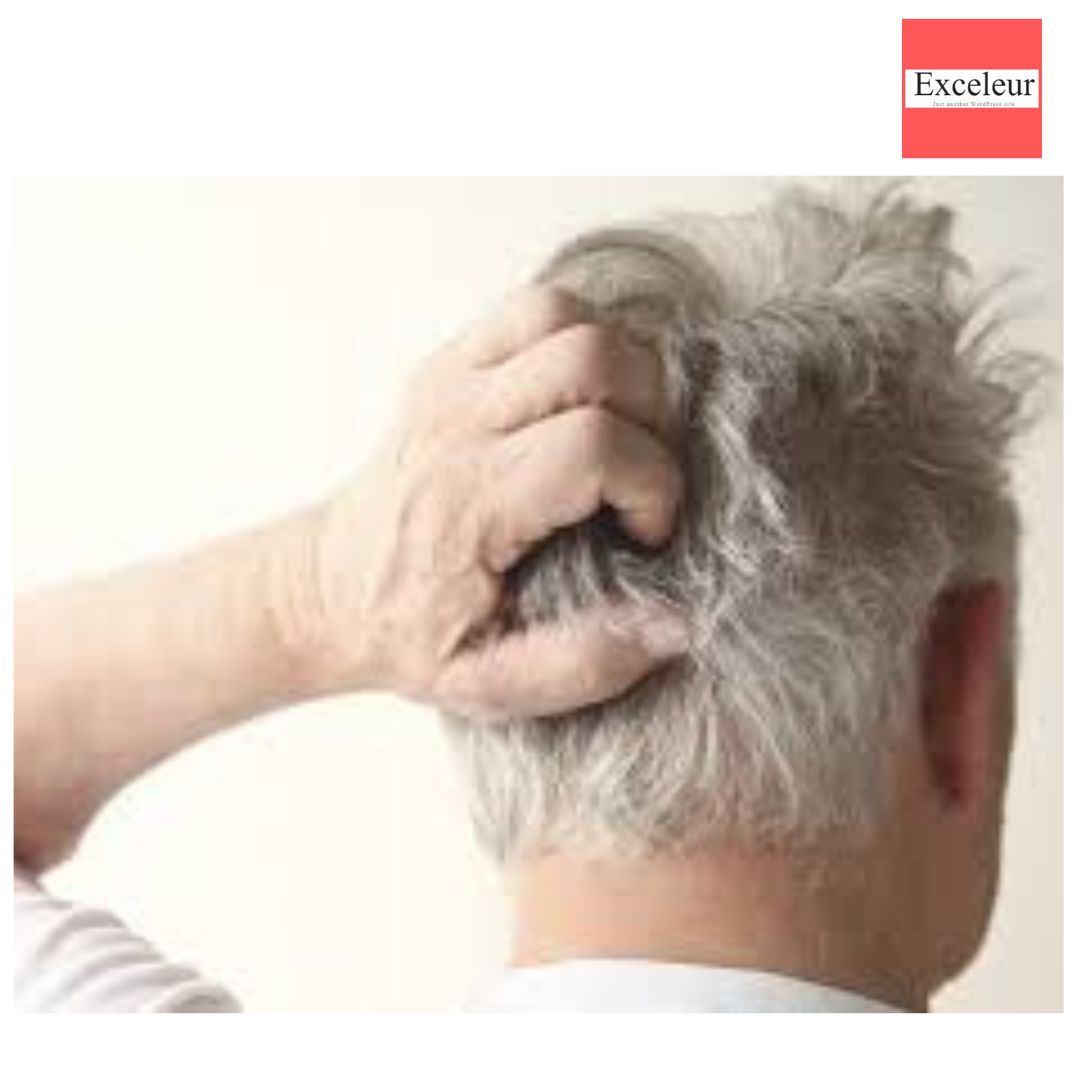Seborrheic dermatitis, a common skin condition characterized by red, itchy, and flaky skin, can be frustrating and challenging to manage. While there may not be a one-size-fits-all “cure” for seborrheic dermatitis, there are effective strategies and lifestyle changes that can provide relief and help individuals manage the condition effectively. In this article, I’ll share my personal experience of how i cured seborrheic dermatitis.
Understanding Seborrheic Dermatitis:
Before we dive into my journey, let’s take a moment to understand seborrheic dermatitis. It’s a chronic inflammatory skin condition that primarily affects areas rich in oil glands, such as the scalp, face, and chest. Common symptoms include redness, itching, and flaking of the skin.
My Seborrheic Dermatitis Journey:
I was diagnosed with seborrheic dermatitis in my early twenties, and it quickly became a frustrating part of my life. I experienced embarrassing flaky skin on my face and scalp, and I felt self-conscious about my appearance. Over the years, I tried various treatments, from over-the-counter products to prescription medications, but I never found a one-time “cure.”
However, what I did discover was a combination of strategies that, when consistently applied, provided significant relief and minimized the impact of seborrheic dermatitis on my life.
Effective Strategies for Seborrheic Dermatitis Relief:
Regular Shampooing: Keeping the scalp clean is essential. I found that using a medicated shampoo containing ingredients like ketoconazole, zinc pyrithione, or coal tar helped control the flaking and itching. Regular use, as recommended by a dermatologist, was key.
Gentle Skin Care: Harsh or abrasive skin care products can exacerbate seborrheic dermatitis. I switched to mild, fragrance-free cleansers and avoided scrubbing my skin vigorously.
Moisturizing: It may seem counterintuitive, but keeping the affected areas moisturized can help reduce flakiness and redness. I used a fragrance-free, non-comedogenic moisturizer to soothe dry patches.
Avoiding Triggers: Certain factors can exacerbate seborrheic dermatitis, such as stress, weather changes, and excessive sweating. Identifying and avoiding triggers was an important aspect of my journey.
Diet and Hydration: Staying hydrated and maintaining a balanced diet can play a role in managing seborrheic dermatitis. I incorporated more anti-inflammatory foods like fatty fish, fruits, and vegetables into my diet.
Stress Management: Stress can worsen skin conditions, so I incorporated stress-reduction techniques into my daily routine, such as meditation, yoga, and deep breathing exercises.
Regular Dermatologist Visits: Consistent check-ups with a dermatologist were crucial. They helped me adjust my treatment plan and provided guidance on new therapies and medications when needed.
Prescription Medications: In some cases, prescription medications or topical steroids may be necessary for managing seborrheic dermatitis, especially during flare-ups. These should be used under the guidance of a healthcare professional.
Lifestyle Changes for Long-Term Relief:
Overcoming seborrheic dermatitis isn’t just about finding the right products; it’s about making sustainable lifestyle changes. I learned that consistency and patience are key in managing the condition.
The Importance of Self-Care:
My journey with seborrheic dermatitis taught me the significance of self-care. While there may not be a “cure,” there are effective strategies and lifestyle changes that can provide relief and help manage the condition. By following a skincare routine, avoiding triggers, and seeking medical advice, individuals can find their path to relief and lead fulfilling lives, free from the constraints of seborrheic dermatitis. Remember, every individual’s journey with this condition is unique, and what works for one person may not work for another. It’s essential to consult with a dermatologist and develop a personalized approach to managing seborrheic dermatitis.


